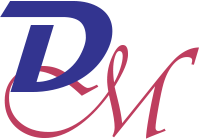Medications of Limited Use: 64 randomized placebo-controlled trials, 3,499 participants Results “suggest that currently available pharmacological agents have at best only a modest benefit,” “most evidence supporting antipsychotic medications” but antipsychotics had a “small effect size” Oxytocin, omega-3 fatty acids, selective serotonin reuptake inhibitors (SSRI), and methylphenidate no significant benefit compared to placebo “Larger significant positive effects” “in individual studies with fluvoxamine, buspirone, bumetanide, divalproex, guanfacine, and folinic acid that have not been replicated” Shock Study Much More Effective for Some 173 individual cases between 2001 and 2019 with follow up to 15 years, 80% one or less shock per month “Overall, a 97% reduction in the frequency of severe aggressive and health dangerous (e.g., self-injurious) behaviors was observed in the first full month of treatment” Diagnoses included intellectual disability, ASD, ADHD, oppositional defiant disorder and other disorders Treatment was combined with differential reinforcement for positive behaviors Some students were succesfully faded when the fading was planned. When forced fading occurred by outside authoriotes, dangerous behaviors spiked. https://jaacap.org/article/S0890-8567(20)30265-3/fulltext https://www.graphyonline.com/archives/IJPBA/2020/IJPBA-167/
